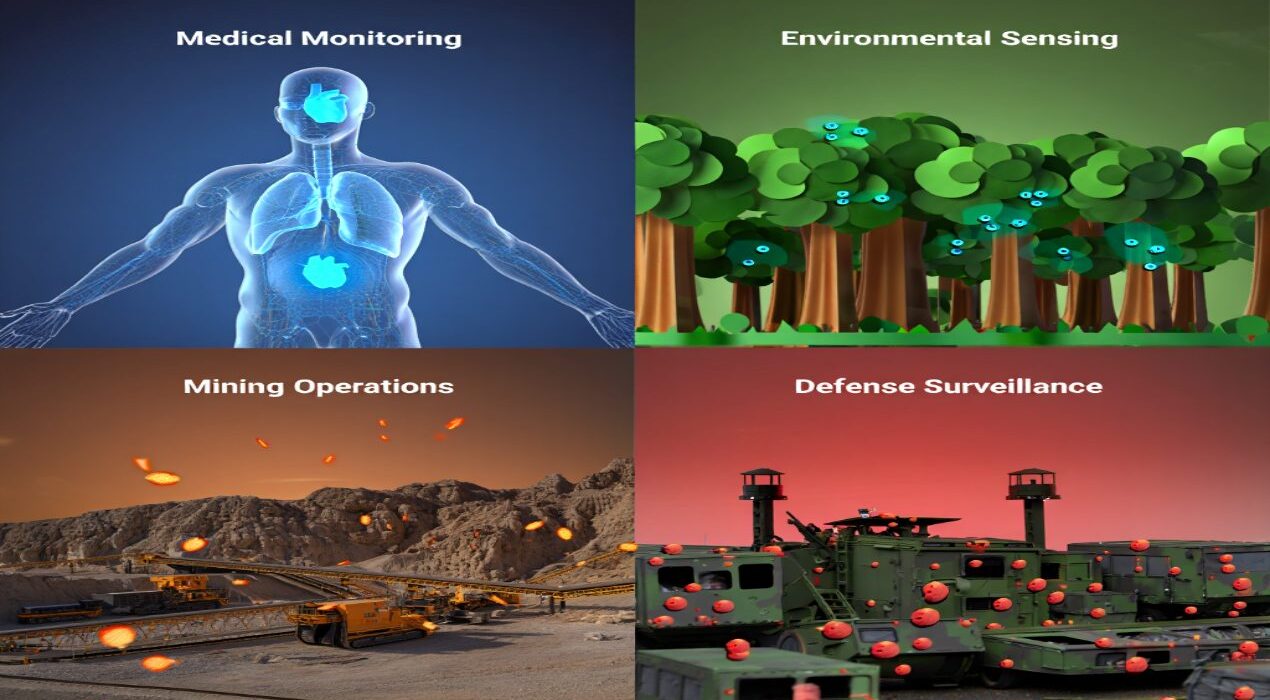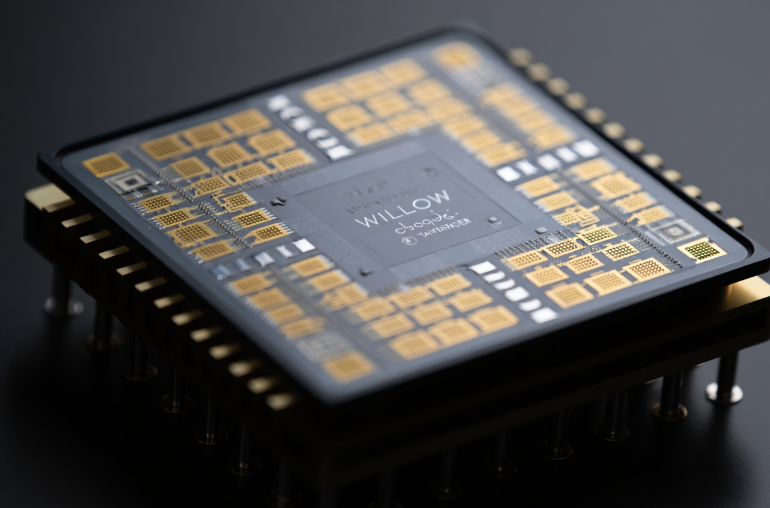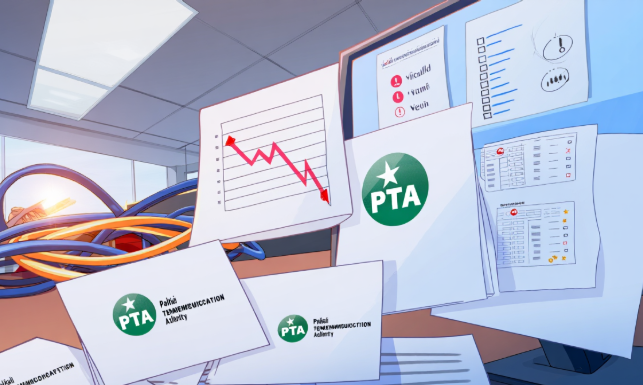What was once a science fiction idea is rapidly becoming reality: “smart dust.” These microscopic sensors, also called motes, are designed to float in the air and collect environmental or biological information with remarkable precision.
Some of the smallest prototypes measure only 0.02 cubic millimeters, yet they can monitor temperature, humidity, vibrations, chemicals, and even sound. Their compact size allows them to scatter almost invisibly through the air, settling into hard-to-reach places where traditional monitoring systems fail.
The smart dust industry is already on a growth trajectory. Valued at around $115 million in 2022, it is projected to reach nearly $400 million by 2032. This rapid rise reflects growing interest from sectors as diverse as healthcare, mining, agriculture, defense, and urban planning. In medicine, for instance, the sensors could be used to track patient health at the microscopic level. In industrial settings, they could provide real-time data on equipment safety or environmental hazards. Militaries are also exploring their potential for surveillance and battlefield intelligence.
However, with great potential comes serious concern. Privacy experts warn that smart dust could enable unprecedented levels of monitoring, turning public and private spaces into zones of constant surveillance. There are also fears about misuse in geoengineering projects, where releasing vast quantities of dust into the atmosphere might alter ecosystems or weather patterns in unpredictable ways.
As with many emerging technologies, smart dust sits at a crossroads — offering breakthroughs in efficiency, safety, and data collection while raising difficult ethical and security questions. Whether it becomes a tool for innovation or a symbol of overreach will depend on how society manages its development and deployment.
Microscopic Sensors With Mega Impact: The Rise of Smart Dust






